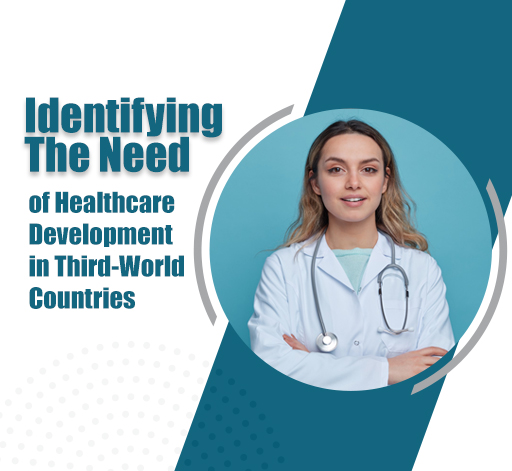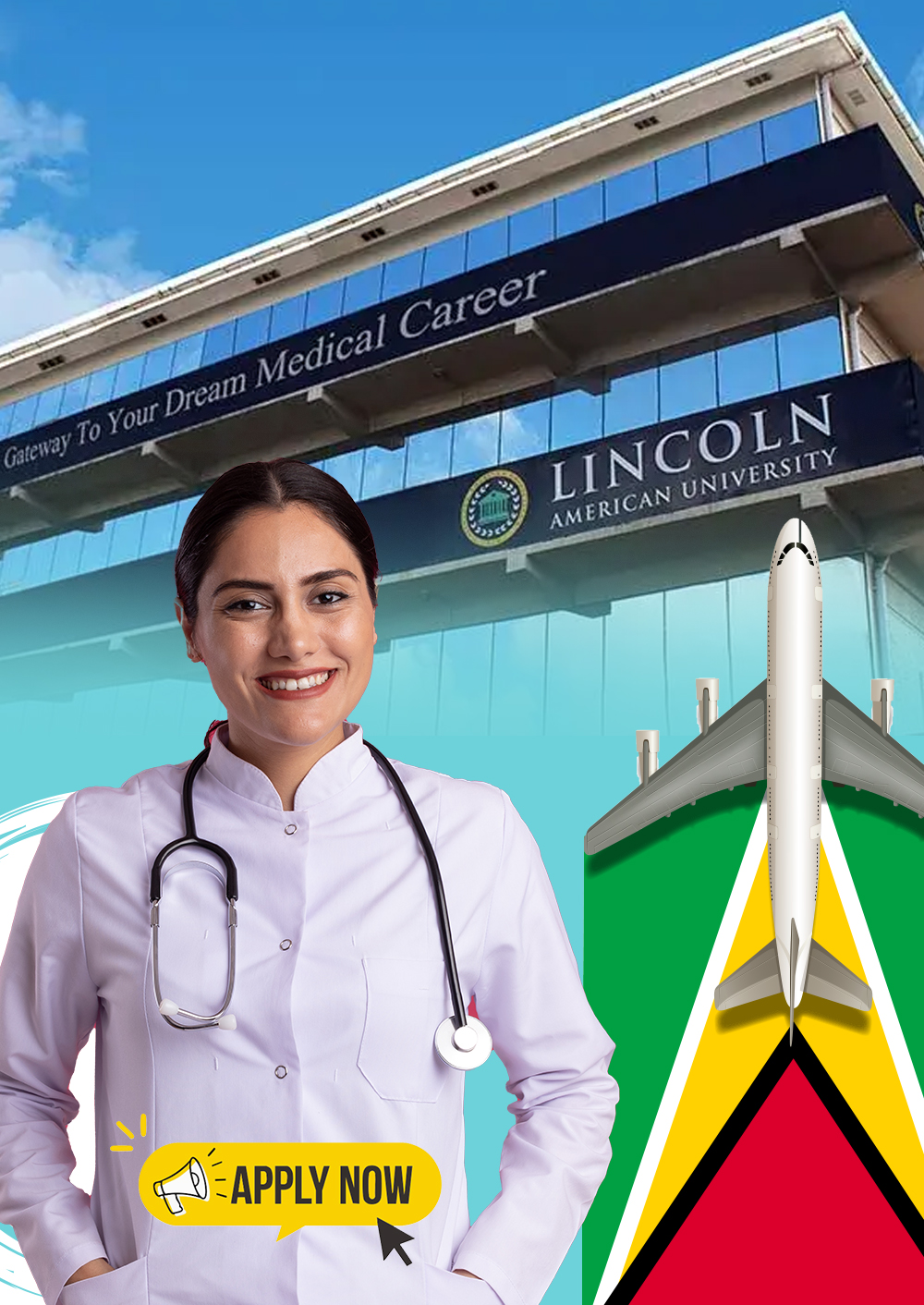The last 2 years have been hard for each one of us. The world has been a witness of one of the greatest tragic times of the century. With the covid induced reformations and development, particularly in the healthcare and its education, the major impact is faced by the developing nations of the third world countries. The concerns lie fundamentally to the limited availability of resources and the undebatable need of social reformations.

Emphasizing the need of healthcare development in the world here are some fact checks, issues and methods to overcome them.
Numbers At A Glance
The above representation clearly shows the healthcare proportions of the various countries across the world in 2019 Taking a closer look. India stands at 0.57 doctors per 1000 people whereas Nigeria shows 0.4 doctors per 1000 people, and Ghana and Cameroon at 0.1 doctors per 1000 people.
An independent data post covid has showcased an significant drop in the physician per population ratio in various countries. The present statistics conveys that in Nigeria, physicians per capita have dropped to 0.26 per 1000 people, i.e. 1 doctor over 3846 people, whereas for Cameroon, it is 0.18 people per 1000 people, i.e, 1 physician over 5556 people and Ghana is far off with 0.15 physician over 1000 people, that is 1 physician over 6667 people.
The data above, for sure, is thought-provoking and demands immediate call to action.
Identifying Causes of Health-Care Limitations
As a result of these low numbers, these countries are considerably slow in their global development charts. The lack of healthcare facilities and the implied higher mortality rates, frequent disease outbreaks such as Tuberculosis, Ebola, Zika, Yellow fever outbreaks, viral haemorrhagic fevers, etc has proven to play an important role in hindering the overall development of these countries and pushing them into a world of poverty, pain and absolute chaos.
Here are two fundamental causes that obstruct healthcare development, specifically in the African region.
1. Social Stigmas & Hierarchy:
One of the leading reasons for the limited access to healthcare in either region is the social stigmatization and hierarchy. Families belonging to lower socioeconomic categories often have less to no access to the hospitals, not even in the time of emergency but also for the regular check-ups.
The stigmas imposed in the name of tradition and customs often make getting the required healthcare benefits difficult for the majority of people including women and children. As a result, these countries top the charts of infant and child mortality rates, as well.
2. Access of Education & healthcare
Another important factor in the lack of healthcare availability in countries such as Nigeria, Cameroon, Ghana, etc is education. The people are neither aware about the basic hygienic habits and symptoms to look for or the hazards these habits can expose them too. The limited access of education as well as healthcare together results in overall lower life expectancy of the region.
Moreover, if primary education is rare, having the higher education is quite sparse and thus, training such as that of medicine is expensive and comparatively less developed than its global contemporaries.
Exploring The Solutions To Overcome The Barriers
Once identifying the areas of reformation, let us try to explore the solutions to overcome the hurdles that hinder healthcare in these underdeveloped countries.
1. Strengthen The Access To Primary & Higher Education
Change is the ultimate goal of education. Every reform has started from the spread of education. Providing easy and mandatory access to primary education is one of the starting steps to lead to a better future.
In order to encourage the youth to join higher studies, including that of medicine, the higher education system needs an upgradation in quality and within the budget for the people.
2. Social Reformations
Through education, new policies need to be adapted to ensure the social reformations in terms of gender and economic inclusions. One of the ways to nurture it would surely be education and undertaking new interventions.
Another would be to provide the rightful exposure to the young minds through the means of education and opportunities.
3. Guidance & Opportunities To The Youth
For the students who have managed to land themselves an opportunity to become a doctor and practice the medical profession, it is important to provide more opportunities of career growth in their respective countries.
Therefore, it is important to provide the young minds with the rightful guidance to reach the best of their potential and help them in serving their nation.
How Does Lincoln American University Help In Aiding The Need of Global Healthcare?
1. Recognised & Affordable Medical Education
Lincoln American University is one of the top medical universities of Guyana and of the entire Caribbean region. The university is listed in WDOMS, certified by ECFMG & FAIMER, empaneled by erstwhile MCI and recognised by NAC, Guyana.
The university provides the US based education curriculum at an extremely affordable cost, and thus is popular among several international students. Aspiring medical students from various countries are currently pursuing their MBBS/MD at LAU.
2. Character-Oriented Learning Experience
The education at LAU follows the best practices of the US-based curriculum. This means, the students at LAU get to experience the pragmatic approach to learning, that is none too theoretical and therefore, help them in learning by experiencing.
This helps in building the holistic development of the students, making the entire learning experience more character and performance oriented.
3. Diverse Exposure Opportunities
The university at present holds over 300+ students from various parts of the world like India, Nepal, Nigeria, Cameroon, Ghana, Kenya, Australia, New Zealand, etc thus, providing a richly diverse learning environment. The cross-cultural interactions help in providing the much needed exposure and facilitates the skills of critical thinking and curiosity.
Apart from this, the university also has agreements of mutual cooperation with various top education institutions in Russia, hospitals of India, Nepal and so on to provide the right guidance and opportunities to the students.
Citations & References:
- Adedini, S. A., Odimegwu, C., Bamiwuye, O., Fadeyibi, O., & Wet, N. D. (2014). Barriers to accessing health care in Nigeria: implications for child survival. Global health action, 7(1), 23499.
- OGUNBEKUM, I. O. O. (1991). Which direction for health care in Nigeria?. Health Policy and Planning, 6(3), 254-261.
- Adindu, A. (2010). Assessing and assuring quality of health care in Africa. African Journal of Medical Sciences, 3(1), 31-36.
- https://www.wolframalpha.com/input?i=Cameroon+physicians+per+capita
- https://www.wolframalpha.com/input?i=nigeria+physicians+per+capita
- https://www.wolframalpha.com/input?i=ghana+physicians+per+capita
- https://dailytrust.com/foreign-subsidies-local-health-policies

